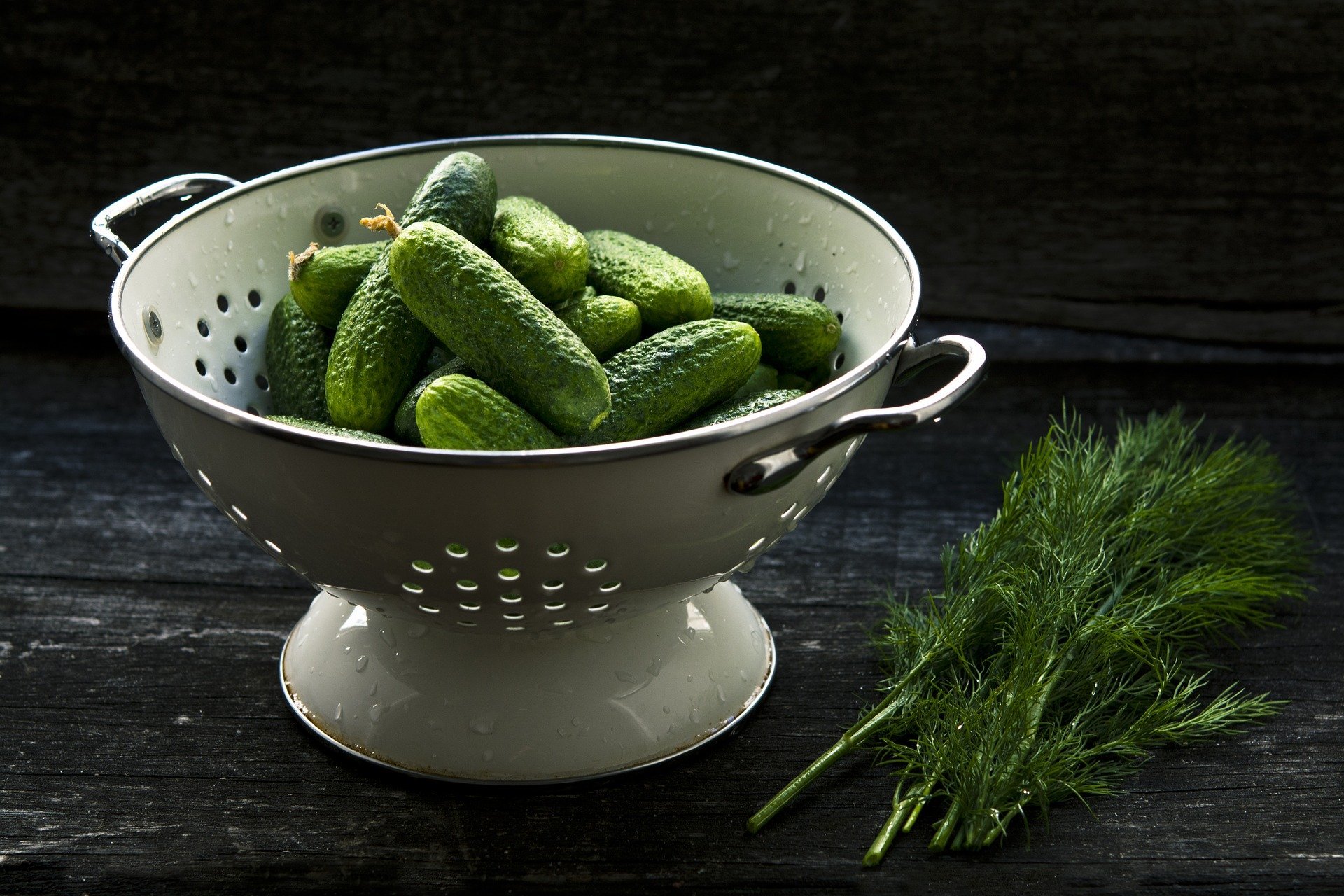
A group of German scientists headed by the Leibniz-Institut DSMZ from Braunschweig succeeded for the first time in isolating the cucumber virus CABYV (Cucurbit Aphid-borne Yellows Virus). They hope to be able to take a step forward in controlling this very harmful disease that affects the cucumber family. Apart from cucumbers, this family also includes gherkins, courgettes, melons and pumpkins..
The CABYV virus – which was first discovered in France in 1988 – has been on the rise for some time now. Up until a few years ago, the disease only appeared in warm areas such as Asia, Africa and southern Europe, but plant virologist Wulf Menzel from the Leibniz Institute is expecting that the virus will spread northwards. Slovakia, the Czech Republic, Ukraine and Poland were the first Central European countries where the virus was encountered. There was also an outbreak for the first time in southern Bavaria last summer. As yet, the virus has not been seen in The Netherlands.

According to Menzel, the yield of affected growers in Bavaria was down by as much as 50% compared to a typical year. What was also worrying was that 90% of the plants on their farms were infected. The damage was comparable to a virus common in The Netherlands and Germany: Cucumber Green Mottle Mosaic Virus or CGMMV.
Yellow leaves
The CABYV virus is transmitted by aphids which, as Menzel says, can also survive on various types of weeds. This last point in particular leads him to presume that staying alive during winter is not necessarily a problem for the virus. Consequently, new outbreaks in Germany are expected.
Menzel therefore recommends that German horticulturists take measures to stop the spread of this virus. So far, no quarantine rules apply to the CABYV virus. Symptoms of the CABYV virus are a lack of chlorophyll or foliage (yellow leaves) and a thickening of the leaves. Fruits often fall off the plant (too) quickly.

